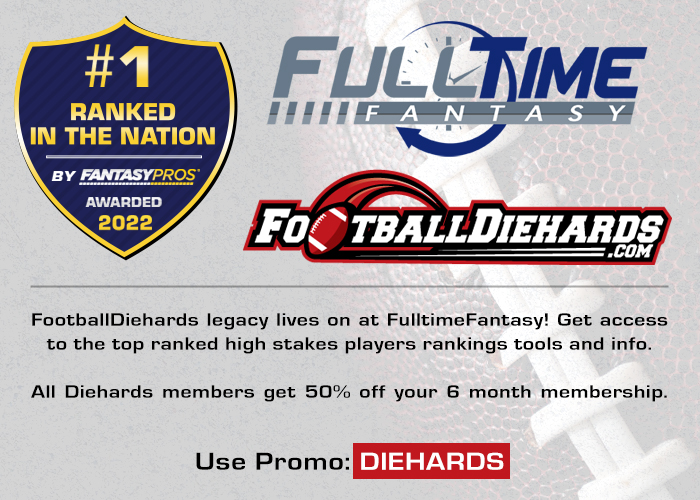
Fantasy Baseball Pitching Strategy
Fantasy Baseball Pitching Strategy Shawn Childs is a legend in the fantasy baseball world and his advice is invaluable. A member of the NFBC Hall of Fame, Shawn has several top-5 finishes in the National Fantasy Baseball Championship as well […]
Fantasy Baseball Pitching Strategy
Shawn Childs is a legend in the fantasy baseball world and his advice is invaluable. A member of the NFBC Hall of Fame, Shawn has several top-5 finishes in the National Fantasy Baseball Championship as well as five NFBC auction championship titles under his belt. He also boasts several prominent in the high-stakes market and multiple huge DFS wins. Shawn’s process and evaluation are among the most thorough in the sport and his exclusive FPGscore metric is changing the game. This 2024 Fantasy Baseball Pitching Strategy and insight are courtesy of the brilliant mind of one of the sport’s best.
This Fantasy Baseball Pitching Strategy is courtesy of Shawn Childs. Read Shawn’s expert fantasy analysis at his Substack.
Also, check out Shawn’s detailed 2024 Fantasy Baseball Strategy Guide and Auction Strategy for the most thorough tips and advice that you will find anywhere.
Dealing Aces
The fantasy world is an ever-changing market. More information and tools help drafters make better-educated decisions each year. When I first came to the high-stakes market in 2004, I sat in my seat and took the player I thought was the most valuable to my team at that time. It was the purest time in fantasy baseball. It was about understanding the player pool and having vision within the draft. The better I see the future, the better I predict draft flow and future opportunities.
Early Days of Fantasy Baseball
As each year passes, fantasy managers have more information to help them become better players. After the first year in the high-stakes market, winning results and the final category totals helped fantasy teams better prepare for future years. In addition, these pieces of information helped drafters plan their strategy for the following year.
As the high-stakes fantasy market grew, fantasy managers had more draft results to help them make educated decisions within the draft. The draft flow was a significant part of data for fantasy managers who had the foresight to see the critical components for their team development while understanding how they wanted to build their teams.
This next tool of information was called ADPs (average draft position). Of course, each draft will be different, but fantasy managers now know how other drafters feel about the player pool.
There was always an information edge in the early days of fantasy baseball. In the home leagues, there were fantasy managers who were more informed than their competition. The more knowledge a drafter had, the bigger the edge over their competition.
The most challenging part of fantasy baseball is pitching. A fantasy manager with a complete understanding of the pitching inventory had an advantage at the draft table. The knowledge imbalance between drafters created strategies like the LIMA plan, formulated by Ron Shandler of Baseball HQ.
The term LIMA means Low Investment Mound Aces. By understanding the pitching inventory, a fantasy manager had the opportunity to buy his pitching staff at lower prices. Sometimes, a knowledgeable drafter could find an ace for the small investment of $1 in auction leagues.
From a fantasy perspective, the LIMA plan is a great tool. It is a theory that fantasy teams must embrace to succeed in this game. The goal is always trying to find top talent at a discount. Most early fantasy baseball games were American or National auction leagues, which stressed the importance of finding good players at low prices.
Next Generation of the Game…
To get access to Shawn’s EXTENSIVE 2024 FANTASY BASEBALL TEAM PREVIEWS…
USE CODE: SAVE20 for 20% off our 6-month package!
DEADLINE THIS SUNDAY.

